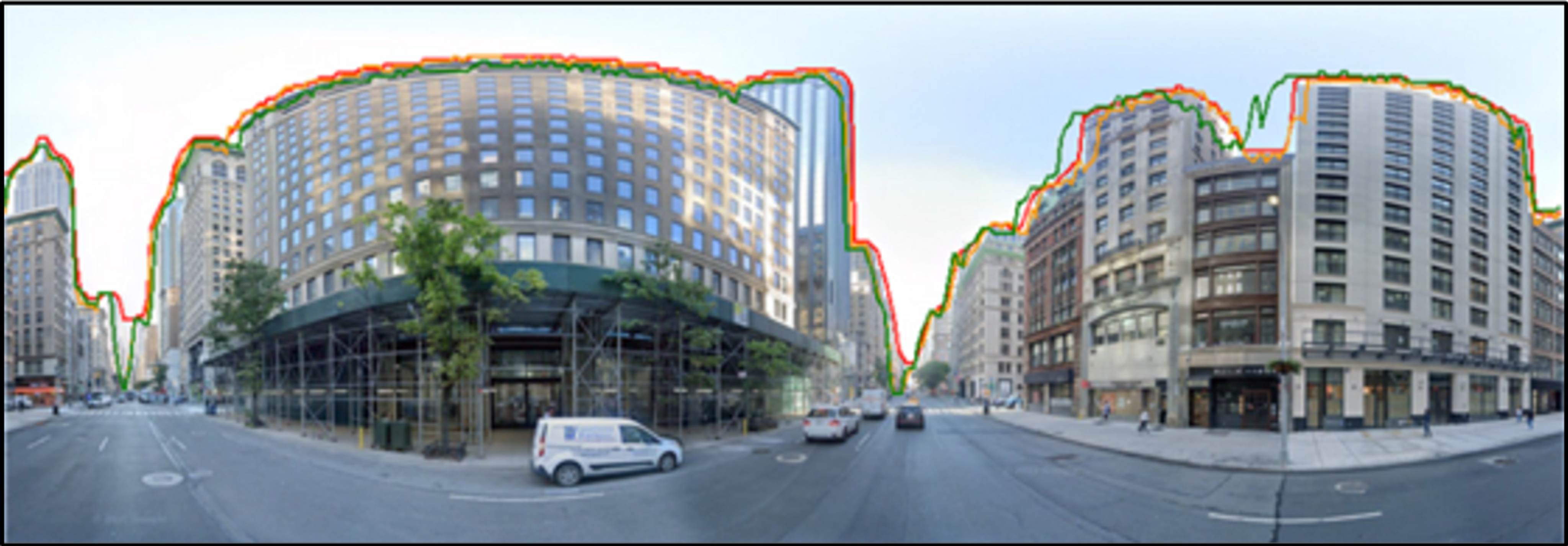2 min read

Project
Dynamic Radioisotope Power
Key Points
Understanding potential failure modes can lead to improved designs that will enable Dynamic RPS to provide highly reliable power to planetary science missions for up to 17 years of operational life.
Future NASA missions to the Moon, Mars, the outer planets and their moons, and beyond will need long-lived, reliable power. The Dynamic Radioisotope Power Systems (DRPS) Project is maturing technology that will provide hundreds of watts of continuous electrical power for long duration missions.
In 2003, DRPS free-piston Stirling convertor prototypes were fabricated and began operation at the NASA Glenn Research Center (GRC) to demonstrate long life. Two of these units, Technology Demonstration Convertors (TDC) #13 and #14, operated for many years without the need for parts or maintenance. The GRC team evaluated the TDCs and found no performance degradation, which shows these units have the reliability necessary for a long-life dynamic power convertor.
In May 2017, after 12 years (105,616 hours) of operation, NASA decided that TDC #14 would be taken offline to determine what modes of deterioration, if any, were occurring within the convertor. Its twin, TDC #13, was detached from TDC #14, returned to operation, and continues to set a world record for the longest running engine, now exceeding 117,000 hours, as of the end of April 2019.
In 2018, the GRC team completed the disassembly and examination of TDC #14. The results show normal operation, with no sign of fatigue or material creep, despite evidence of scratches and small amounts of debris (due to imperfect sealing) discovered near close-clearance seals. The close-clearance seal dimensions and alignment were stable over 12 years of operation. Also, while there was some early oxidation of parts prior to hermetic welding of the joints, components were not compromised. Oxygen ingress can be prevented in future systems. This examination shows that long-lived dynamic radioisotope power systems (RPS) can be can be available for future space science and exploration missions
Sponsoring Organization
Planetary Science Division’s Radioisotope Power Systems Program







